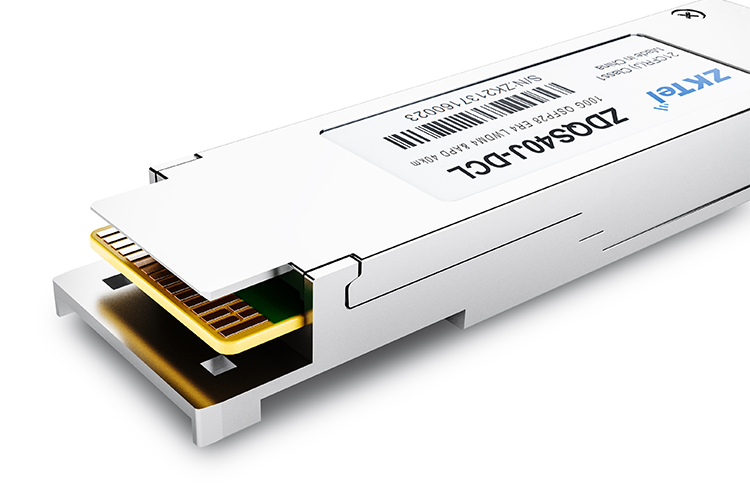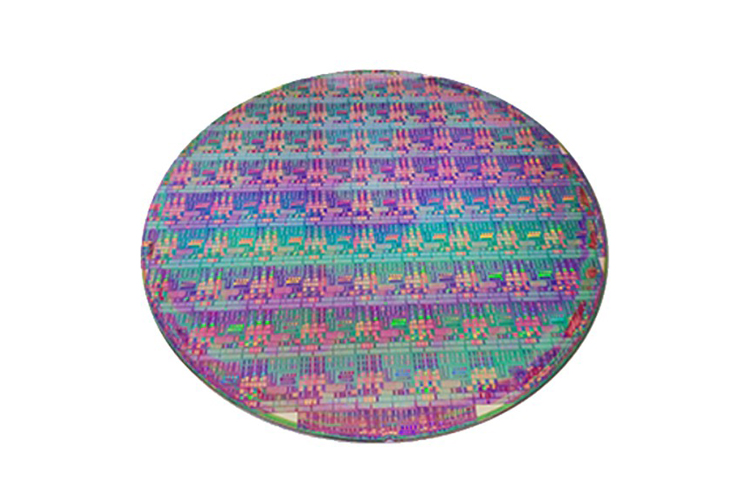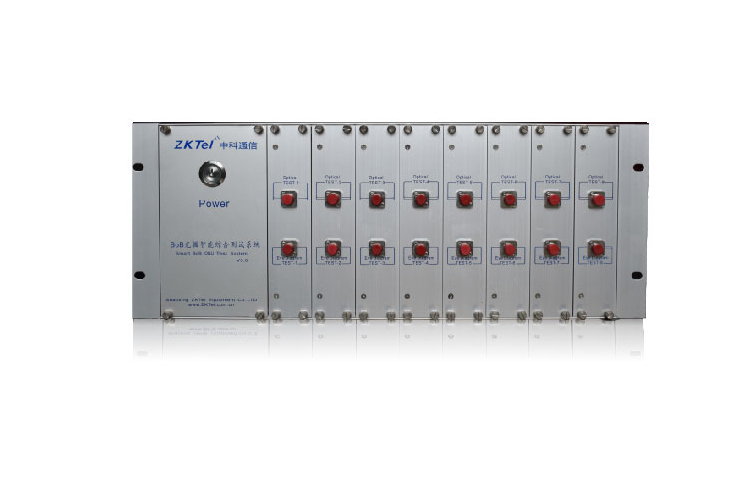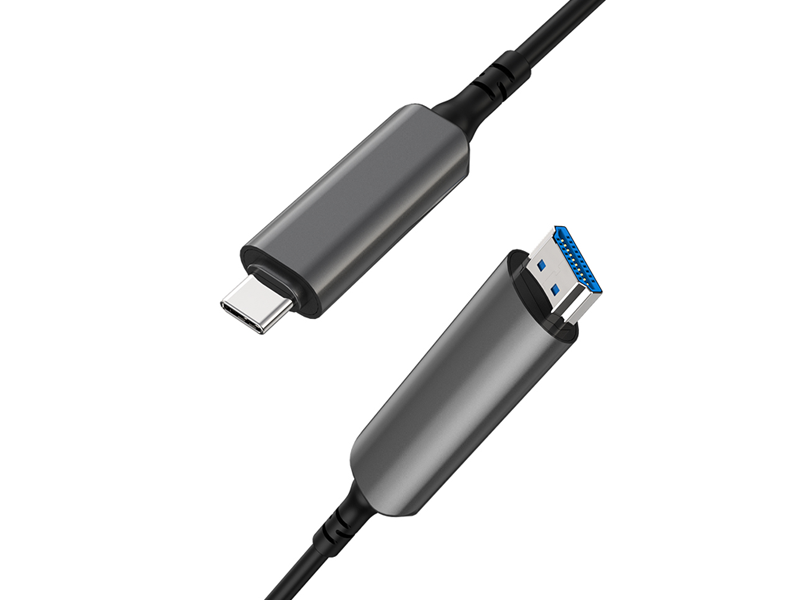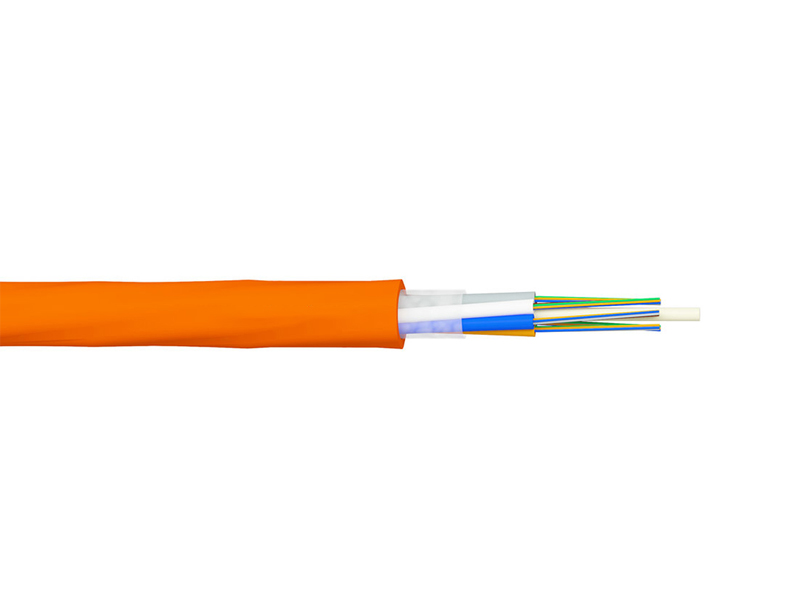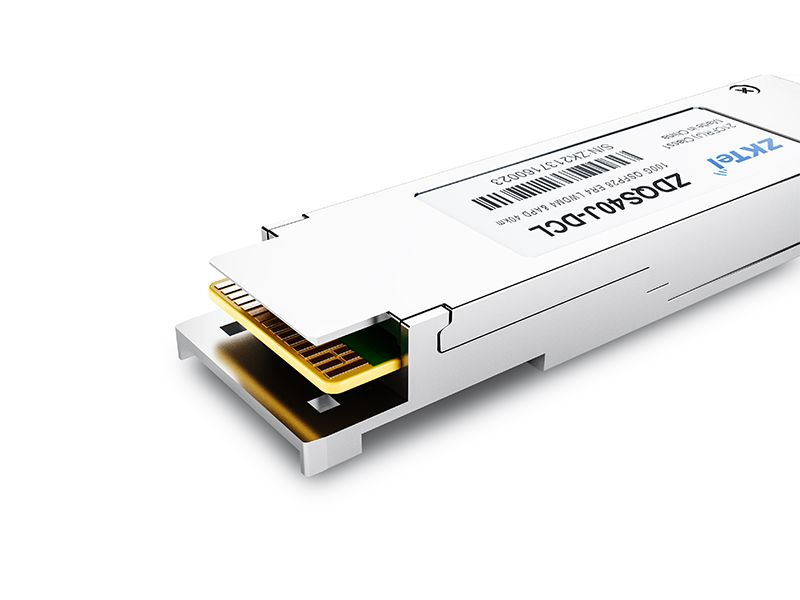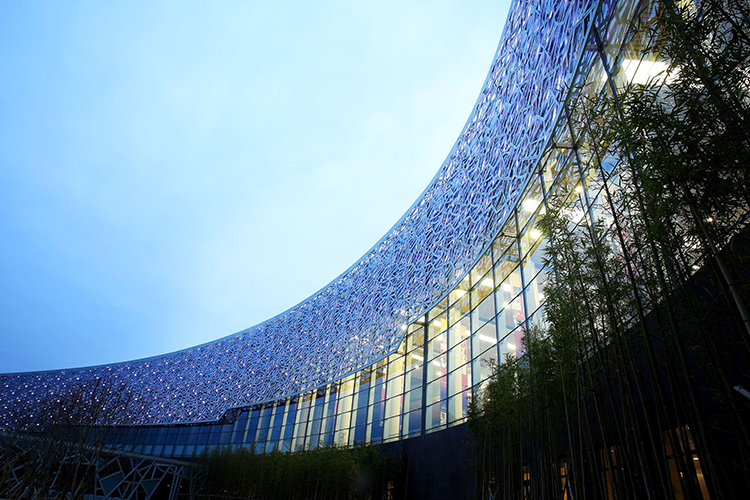Dense Wavelength Division Multiplexing (DWDM) is a relatively advanced optical fiber communication technology at present. With the development of the economy and technology, people’s demand for data transmission speed has also increased to a relatively high level, resulting in a bright prospect of dwdm technology.
1. Discussion on DWDM Technology
DWDM belongs to the wavelength-division multiplexing (WDM) technology, which is a mature technology that has been widely used in the field of optical fiber communication transmission. WDM utilizes the transmission characteristics of light waves to press together light waves of different wavelengths and frequencies through an optical multiplexing system so that data can be transmitted through a single optical fiber.
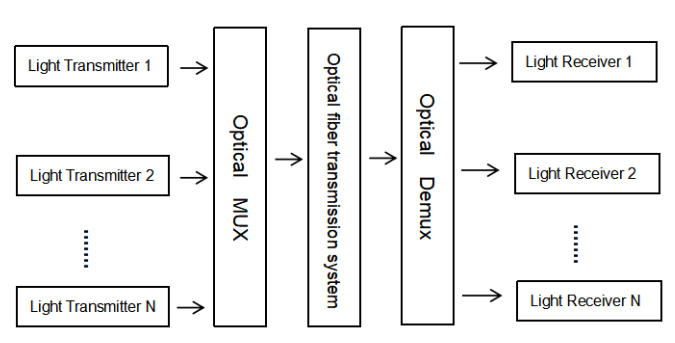
The optical wave multiplexer and the optical wave demultiplexer are the core of the entire WDM system. At present, the two functions of wave multiplexer and demultiplexing can be integrated into one machine, which is regarded as an optical multiplexing system, which is similar to the modem that can perform both modulation and demodulation functions in the early copper transmission system. With the development of science and technology, the sensitivity of the optical multiplexing system-related machines has been improved, and it has been able to perform multiplexing and demultiplexing operations on optical signals with very similar wavelengths and frequencies, which lays a solid foundation for the wide application of dwdm technology.
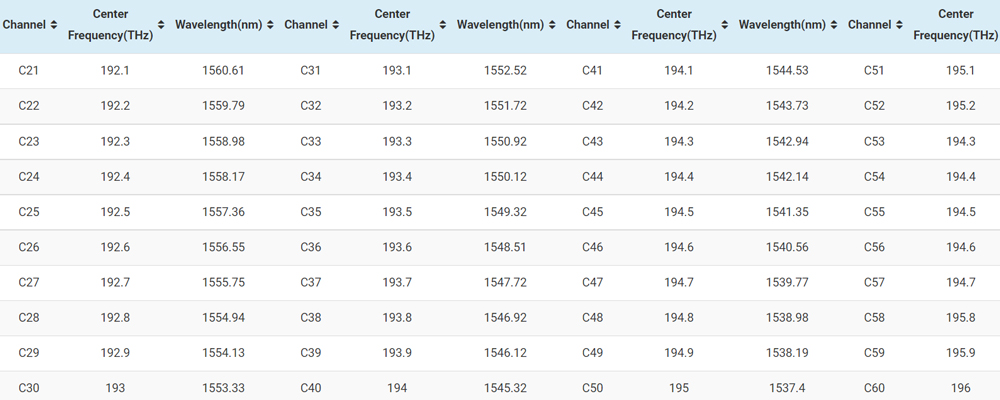
In a dwdm system, a single optical cable can transmit multiple light waves of different wavelengths and frequencies, and these light waves propagate along different optical channels divided in the optical fiber, which makes the speed of the data that was originally 2.5GB/s in an optical cable be increased many times. At present, the maximum data traffic that can be transmitted by a single fiber has reached 400Gb/s. The dwdm system has incomparable advantages in the application.
First, multiple optical signals are combined on one channel for transmission, which effectively improves the transmission efficiency of data. Secondly, this technology can effectively reduce costs, especially in the long-distance data transmission process using optical fibers as transmission carriers. Optical multiplexing technology, especially dwdm technology, can greatly save optical fibers and optical signal regeneration equipment, and at the same time the EDFA technology, external modulation, electro-absorption, and other technologies involved in transmission make the allowable loss and dispersion of the hops of the entire transmission system larger, effectively extending the transmission distance.
At the same time, the dwdm system is equivalent to virtualizing multiple optical fiber channels in one optical fiber, so it has good compatibility for transmission of various data, which effectively improves the survivability of the entire optical fiber transmission system, and is also very convenient for expansion operations.
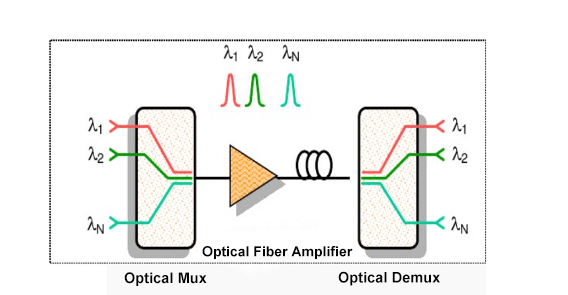
2. Network analysis of DWDM
Optical fiber’s own characteristics determine that it is difficult to correct after the laying of the optical fiber network is completed. The dwdm network involves various technologies, so it should be treated with more caution in the design process.
The overall structure of the DWDM system with N wavelength multiplexing mainly includes:
Optical transponder unit (OTU);
Wavelength division multiplexer: Optical demultiplexer/multiplexer (ODU/OMU);
Optical amplifier (BA/LA/PA);

The classification of dwdm networks is complicated with various classification criteria, including the way of carrying services, whether wavelength can be converted, whether there is photoelectric conversion in the transmission process, etc. The topological structure of the network must be considered during its construction and design.
Like the traditional data transmission network, the dwdm network is also divided into the mesh, ring, star, and bus networks in topological structure. In the current application environment, mesh and ring networking methods are more common. When determining the networking mode, the main factors that need to be considered include cost and network performance. Specifically, it should include the maximum point-to-point data volume that the network can transmit, network routing capabilities, network security, network autonomous resilience, etc.
On the basis of the overall consideration of the above problems, the final form and related parameters of the network are determined according to the characteristics of different topological structures. It is generally recommended to adopt a unified design scheme to avoid splitting the entire design process into several stages, which can effectively maintain the consistency of the entire website planning and improve the comprehensive communication capability of the network.
Taking the mesh fiber network as an example, designers need to pay special attention to the environmental needs and take into account the changes in the entire demand environment in the future development process, and then estimate the corresponding parameters according to the needs, including the size of the OXC located at different nodes, the number of fibers, and the wavelength requirements among nodes. Due to the weak self-healing ability of the mesh topology, the problems that need to be determined in the design process are basically concentrated on the capacity of the network, especially when the associated road or node in the network fails, the transfer bearer problem related to data requirements is the main point to consider.
In contrast, the self-healing capability of the ring network is slightly better, so more attention is paid to the design of the network level. Special attention should also be paid to the problem of segmenting and locating the ring network structure and function based on intra-ring routing and wavelength allocation. Different from the mesh fiber network, the ring network does not need to consider the allocation of idle network capacity, because the idle capacity itself is embedded in the ring network. After the network design process, optimization issues must also be considered for dwdm networks. This needs to optimize the configuration of each link according to the actual parameters in the network, and the process has been carried out until the entire network is laid.
In an environment with a transmission rate of more than 10Gb/s, problems such as signal distortion have a great impact on the quality of transmission, so the optimization of the network is crucial. In this process, the work includes the determination of the basic configuration during project bidding, the measurement of actual parameters during project execution, the adjustment of the DCM module and pump card, and the actual parameter settings of each specific segment according to the measurement results, and the adjustment of signal pre-emphasis, and many other aspects. Only by carefully implementing each link can we obtain high-quality signal transmission services.

